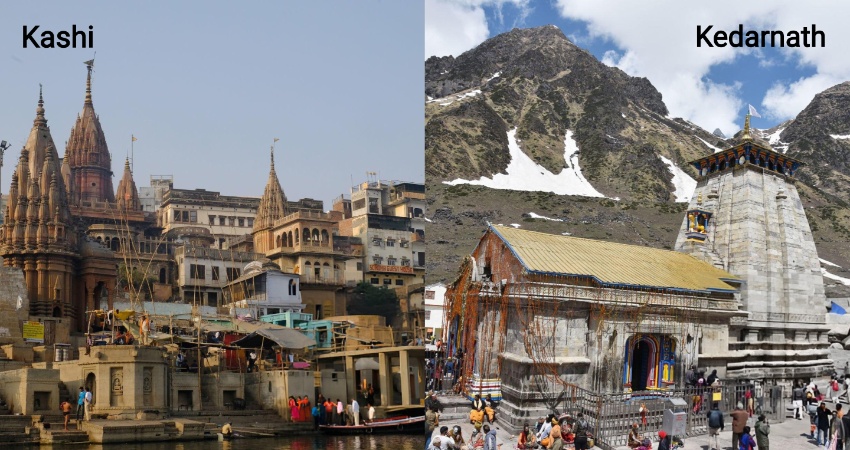“A nation’s soul resides in its sacred spaces.”
Anonymous
From the timeless ghats of Varanasi to the snow-cloaked sanctum of Kedarnath, India’s temple cities are witnessing a sweeping transformation, not just in terms of physical infrastructure but also in spiritual outreach, heritage conservation, and national identity. This revival is not merely about tourism; it reflects a larger cultural renaissance that seeks to balance faith and functionality, tradition and technology, devotion and development.
As India steps further into the 21st century, its ancient cities are being recast through the lens of modernity, without losing their sacred essence.
Kashi Vishwanath: A City Reborn by the Ganga
Varanasi, or Kashi, believed to be the oldest living city in the world, has long been a place where mystics walked the alleys, where the Ganga whispered timeless hymns, and where the cycle of life and death was witnessed daily on its burning ghats. But Kashi had also become a city weighed down by congestion, decay, and urban neglect.
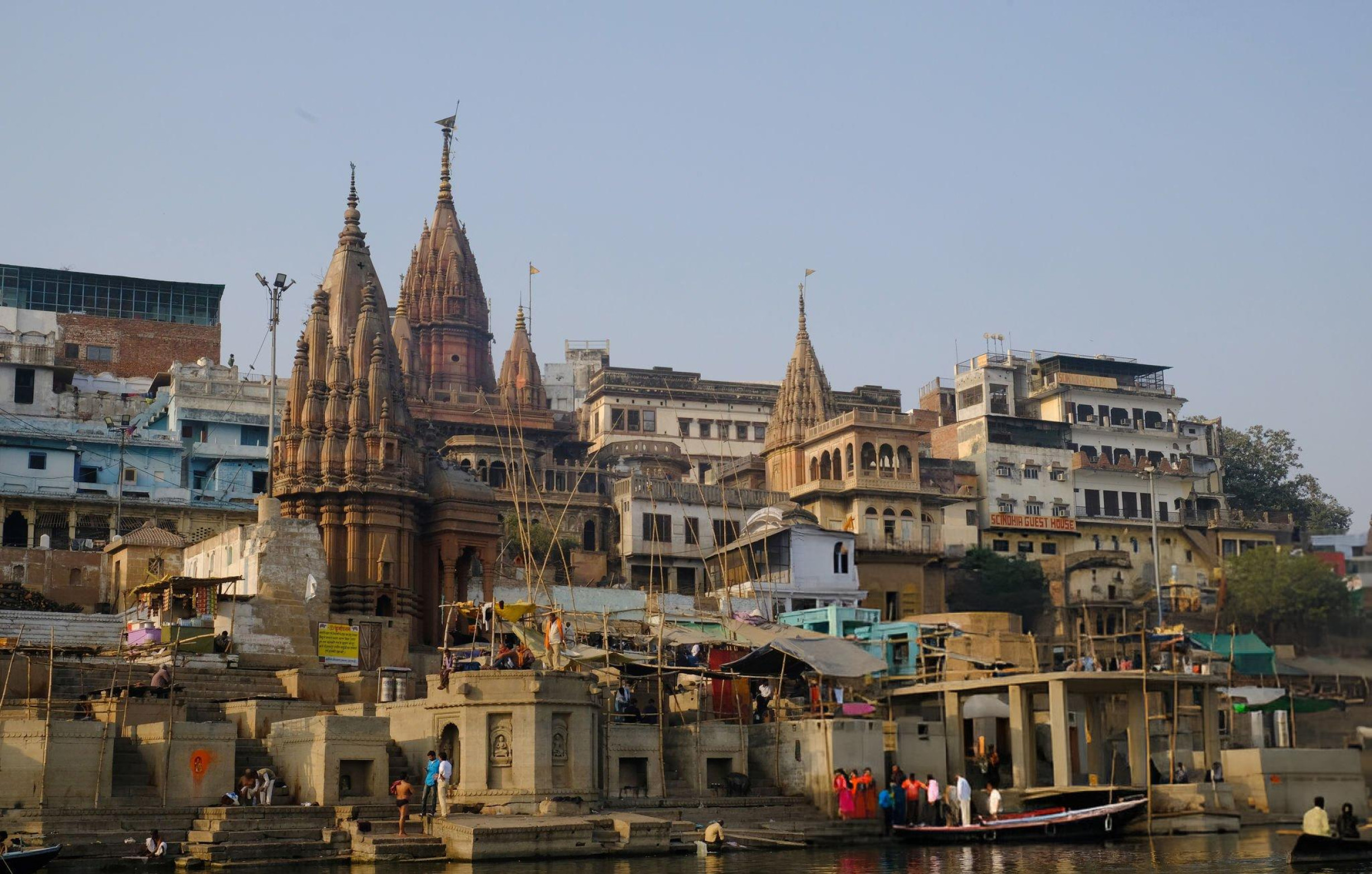
Enter the Kashi Vishwanath Dham Corridor, inaugurated by Prime Minister Narendra Modi in 2021, a mega transformation project that seamlessly connected the iconic Kashi Vishwanath temple to the Ganga river. Narrow lanes once choked with encroachments gave way to wide pedestrian promenades, restored temples, sanitation hubs, and modern amenities, without compromising the spiritual aura.
Highlights:
- Over 300 ancient temples and shrines restored
- 50,000+ square meter precinct created
- Footfall increased from 70 lakhs/year (pre-2020) to 1.9 crores/year (2024)
Beyond its spiritual impact, this project revived local crafts, tourism-based livelihoods, and instilled a new civic pride among Banarasis. The city is now part of India’s cultural tourism roadmap, linking heritage with hospitality.
Kedarnath: From Ruin to Resurgence
Nestled in the Garhwal Himalayas at over 11,700 feet, the temple of Kedarnath was nearly wiped out in the devastating 2013 Uttarakhand floods. What followed was nothing short of miraculous , an ambitious rebuilding effort driven by technology, resilience, and faith.
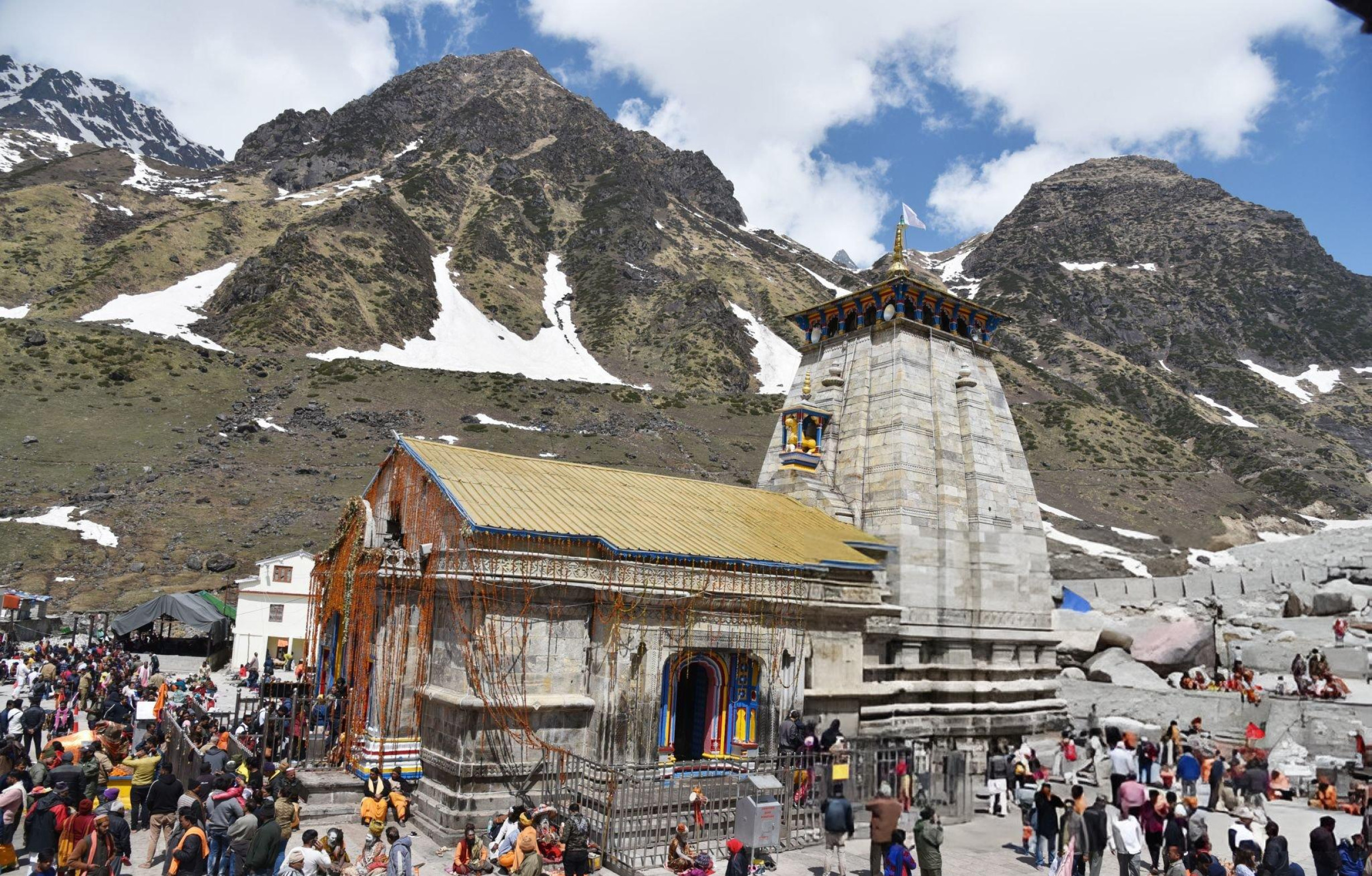
Under the Kedarnath Master Plan, helipads, eco-friendly housing, flood-resistant embankments, and smart monitoring systems were introduced. But at the heart of the reconstruction was the preservation of the ancient Shivling and the ethos of Himalayan spirituality.
Transformation Milestones:
- Over 9 lakh pilgrims in 2024, highest since records began
- Ropeways and electric vehicles integrated for eco-sensitive mobility
- Ongoing second phase includes meditation caves, disaster-resilient shelters
The rebuilt Kedarnath is a symbol of India’s strength in adversity, where faith weathered the flood, and technology built back better.
Ayodhya: The Grand Ram Mandir Vision
Few places hold as deep a place in the Indian consciousness as Ayodhya. With the construction of the Ram Mandir, Ayodhya is undergoing a metamorphosis not seen in centuries. But it is more than a temple; it is the creation of an entire spiritual and cultural ecosystem.

With investments pouring into urban infrastructure, transport, and heritage conservation, the city is expected to draw 25 crore visitors annually in the coming decade.
Key Developments:
- Ayodhya International Airport (Maharishi Valmiki Airport) operational
- Integrated Ramayan Circuit with VR-based exhibits and pilgrim facilities
- Revival of Saryu riverfront and cultural storytelling parks
Ayodhya is being shaped as a 21st-century Dharma capital, where religion meets technology, and ancient wisdom is retold for modern India.
Other Sacred Cities Being Revived
Ujjain – The Mahakal Lok Corridor
Ujjain, home to the Mahakaleshwar Jyotirlinga, saw the opening of Mahakal Lok, a grand corridor with murals, sculptures, and infrastructural upgrades. It blends mythology with smart urban planning.
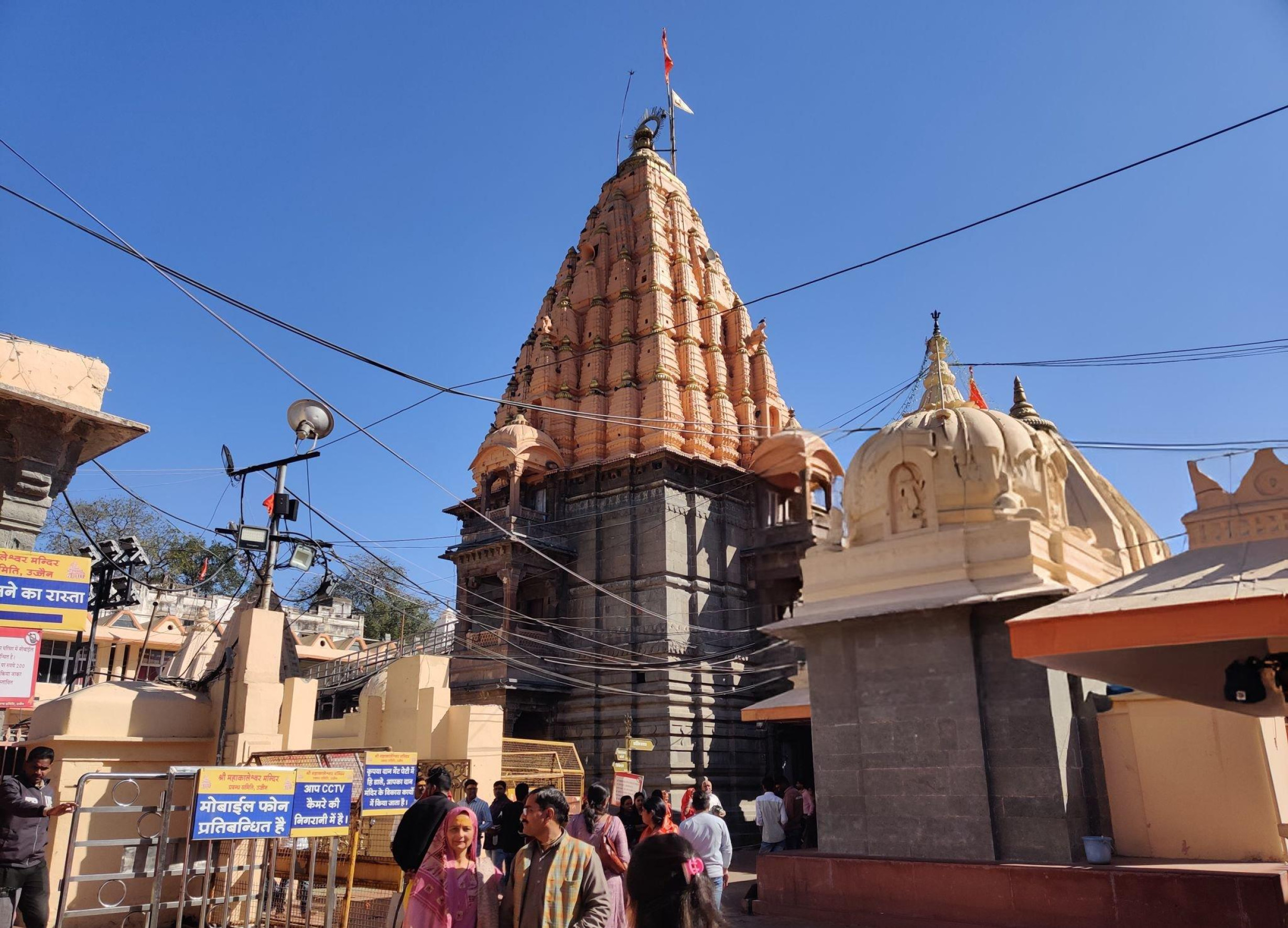
- Inaugurated in 2022
- Expanded temple premises and pilgrim amenities
- Positioned as part of the larger Shiva heritage trail
Badrinath – Himalayan Smart Spiritual Hub
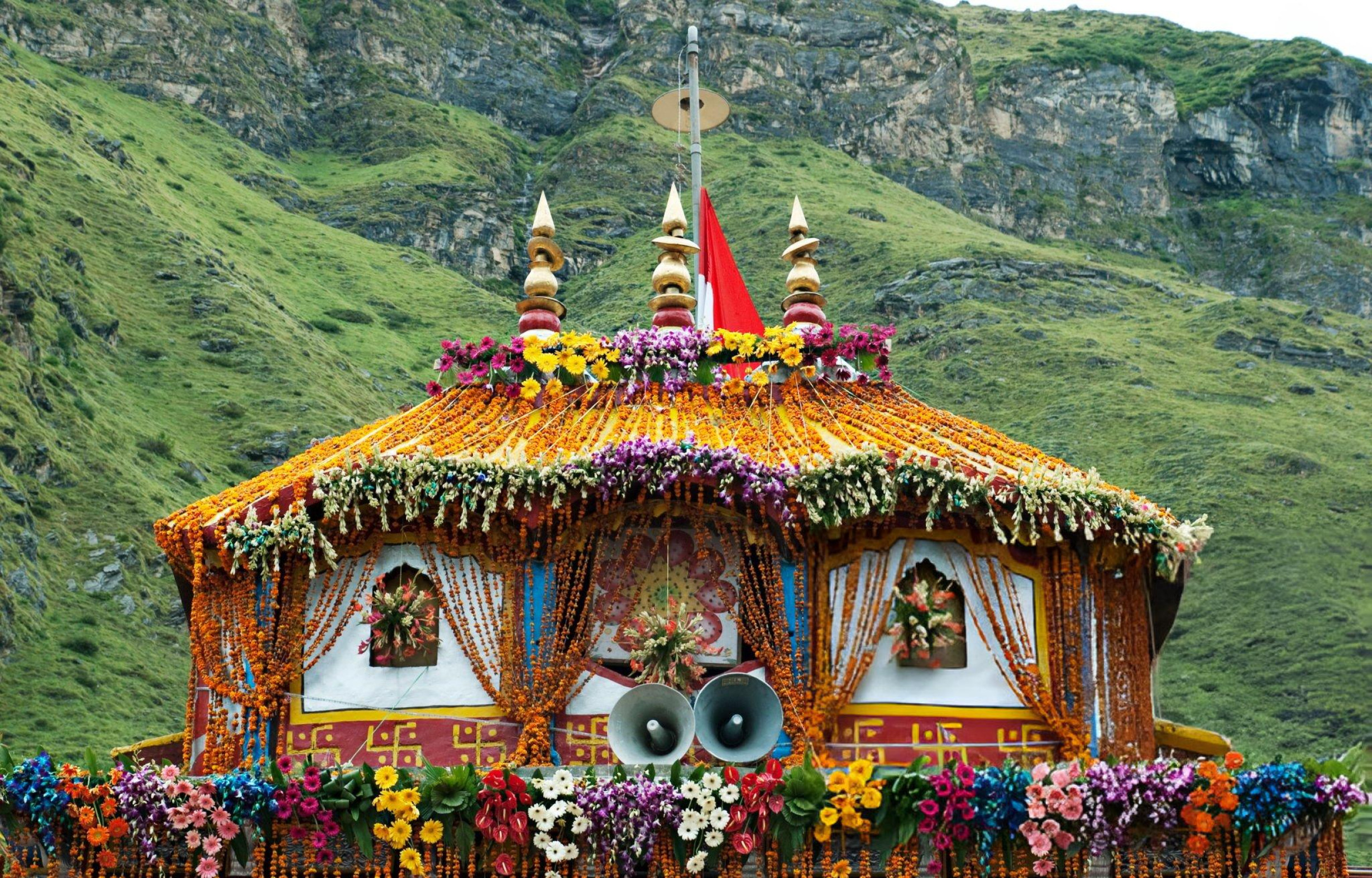
Part of the Char Dham Smart City initiative, Badrinath is undergoing a redesign that includes geothermal heating, sewage treatment, and hill stabilization, all while preserving its serene ambiance.
Puri – Jagannath Temple Heritage Corridor
Puri, home to the famous Rath Yatra, is witnessing a Heritage Corridor development , expanding access to the 12th-century Jagannath Temple and restoring ancient mathas and water tanks.
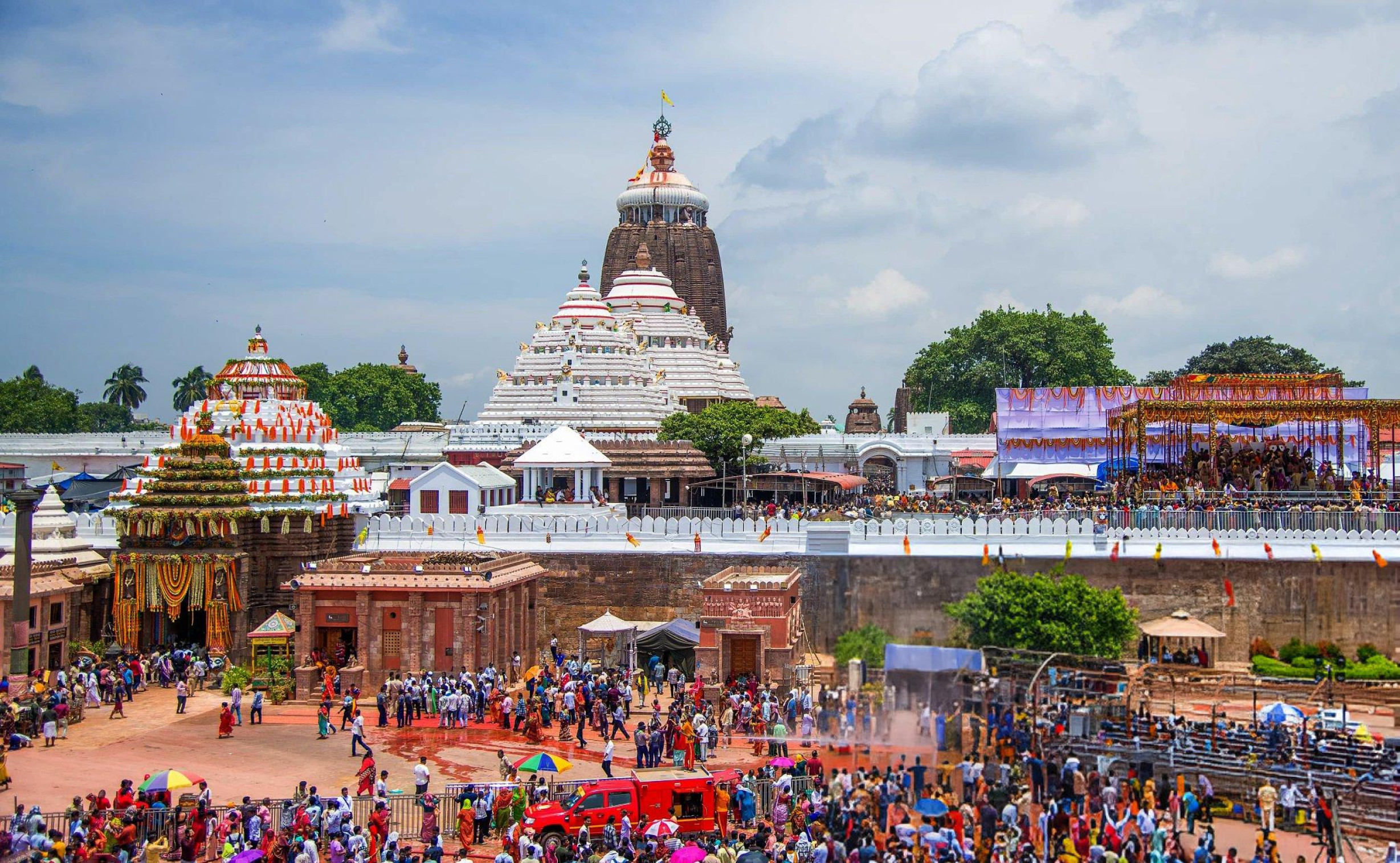
- Area clearance for temple darshan
- Improved pilgrim flow and sanitation
- Restoration of age-old rituals and land grants
Why Are Temple Cities Being Transformed Now?
1. Cultural Revivalism Meets Soft Power
India is asserting its civilizational ethos on the global stage. These transformations are not just internal development projects, but part of a broader strategy to use soft power, cultural diplomacy, and spiritual tourism to build India’s global narrative.
2. Faith-Based Tourism as Economic Engine
According to the Ministry of Tourism, faith-based tourism contributed over ₹1.3 lakh crore to the economy in 2024. With 70% of Indian domestic travel being religious in nature, temple cities are emerging as economic powerhouses.
3. Urban Renewal of Historic Spaces
For decades, historic cities were neglected under haphazard urban planning. Today, these makeovers are a part of larger Smart City Missions, heritage conservation efforts, and sustainable tourism policies.
Challenges Ahead: Balancing the Sacred and the Secular
While these developments are commendable, experts caution against over-commercialization and environmental stress. Himalayan cities, in particular, are ecologically sensitive. There are also concerns about:
- Cultural homogenization, losing unique local traditions
- Displacement of informal economies
- Access inequality, where only large pilgrims benefit
“Development must never come at the cost of the soul of a city,” says Dr. Vishwanath Pandey, urban historian at BHU. “Sacred cities are not theme parks. They must remain living, breathing centers of culture.”
The Road Ahead: A Spiritual Urban Vision for India
The transformation of temple cities is not a trend , it’s a national realignment with our spiritual geography. As India builds expressways, bullet trains, and digital skylines, these spiritual cities offer something else: continuity with our civilizational memory.
From Kashi’s eternal flame to Kedarnath’s silent snow, the vision is clear: a sacred India that walks hand-in-hand with the modern world. These cities are not just relics of the past , they are blueprints for a future rooted in values, sustainability, and shared identity.

